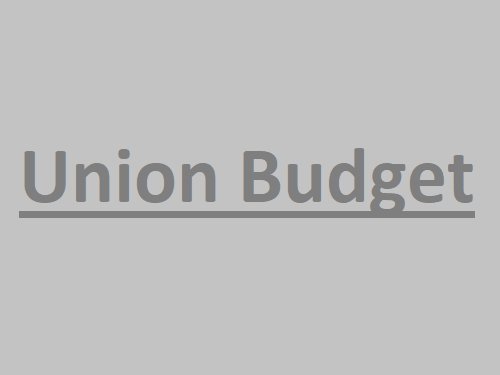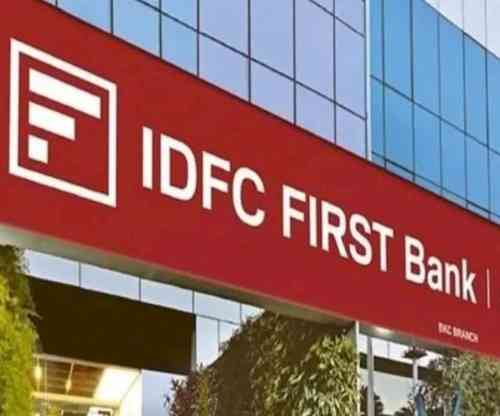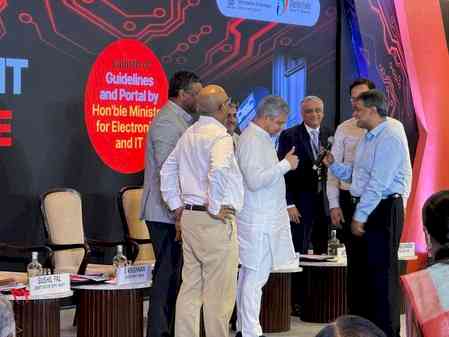2020-21 Union Budget
Fiscal slippage but little stimulus

• The budget delivered credible numbers in terms of its fiscal deficit estimates, raising the deficit by 50bps this year and the next. The fiscal deficit was raised to 3.8% for 2019-20 and to 3.5% for 2020-21. The budget used up the 0.5% GDP leeway provided by the FRBM instead of sticking to the fiscal consolidation path that laid out a target of 3% for FY20-21.
• For 2020-21, the government plans to increase expenditure by 13% with the bulk of the increased expenditure in agriculture and infrastructure. While this is likely to improve productivity and raise the growth potential in the medium term, the budget falls short of providing the much needed counter-cyclical stimulus that the current economic environment warrants in the short term. On the tax side, while the personal income tax cut is a welcome step, it is unlikely to boost consumption demand significantly given the low tax base in the economy.
• On the expenditure side, while allocations for certain agricultural and rural schemes has been increased, the real challenge is the utilisation of funds. The lower than budgeted spending for FY20 for some of these schemes signals that absorption of funds remains an issue.
• Revenue collections: In this muted growth environment the assumptions on tax collections for next year look somewhat stretched. The budget assumes a tax buoyancy of 1.2 for 2020-21 compared to 0.5 and 0.8 over the last two years. To bridge the gap on the receipts side, the government relies on a significantly higher disinvestment target (Rs. 2.1 trn) with the LIC and IDBI stake sale, higher telecom receipts and Rs. 1.5 trn as dividends and profits from the RBI and PSUs.
• The financing of the fiscal deficit: In line with our expectations, the government kept its gross market borrowings unchanged at INR 7.1 trn in FY20 and financed its higher fiscal deficit through other sources (particularly the NSSF). For next year, the government has budgeted to borrow INR 7.8 trn which is broadly in line with our and market expectations (HDFC Bank estimate of INR 7.7- 7.8 trn). The reliance on the small savings fund is likely to continue (estimate of INR 2.4 trn) and could imply that small savings rate undergo little or no revision in FY21 as well. We expect the 10 year G-Sec to trade between 6.50%-6.60% in the short run as market are likely to get some relief in terms of no additional borrowings this year and in line with expectations borrowing target for next year
• The Positives: The abolishment of the Dividend Distribution tax, 100% exemptions for the flows coming in through the sovereign wealth funds, raising the limit for FPI in corporate bonds to 15% (from 9%), focus on infrastructure push ( through the National Infrastructure pipeline) are likely to help garner foreign flows when domestic savings continue to decline.
• The disappointments: No significant reforms for the power sector (expectations of UDAY 2.0) after a mixed performance of UDAY 1.0, lack of a bad bank (TARP style) solution for NBFCs to reduce the risk aversion in the system, no major reforms for the real estate sector, lack of any major counter-cyclical measures to boost consumption.
- Mr. Abheek Barua, Chief Economist, HDFC Bank


 cityairnews
cityairnews 










